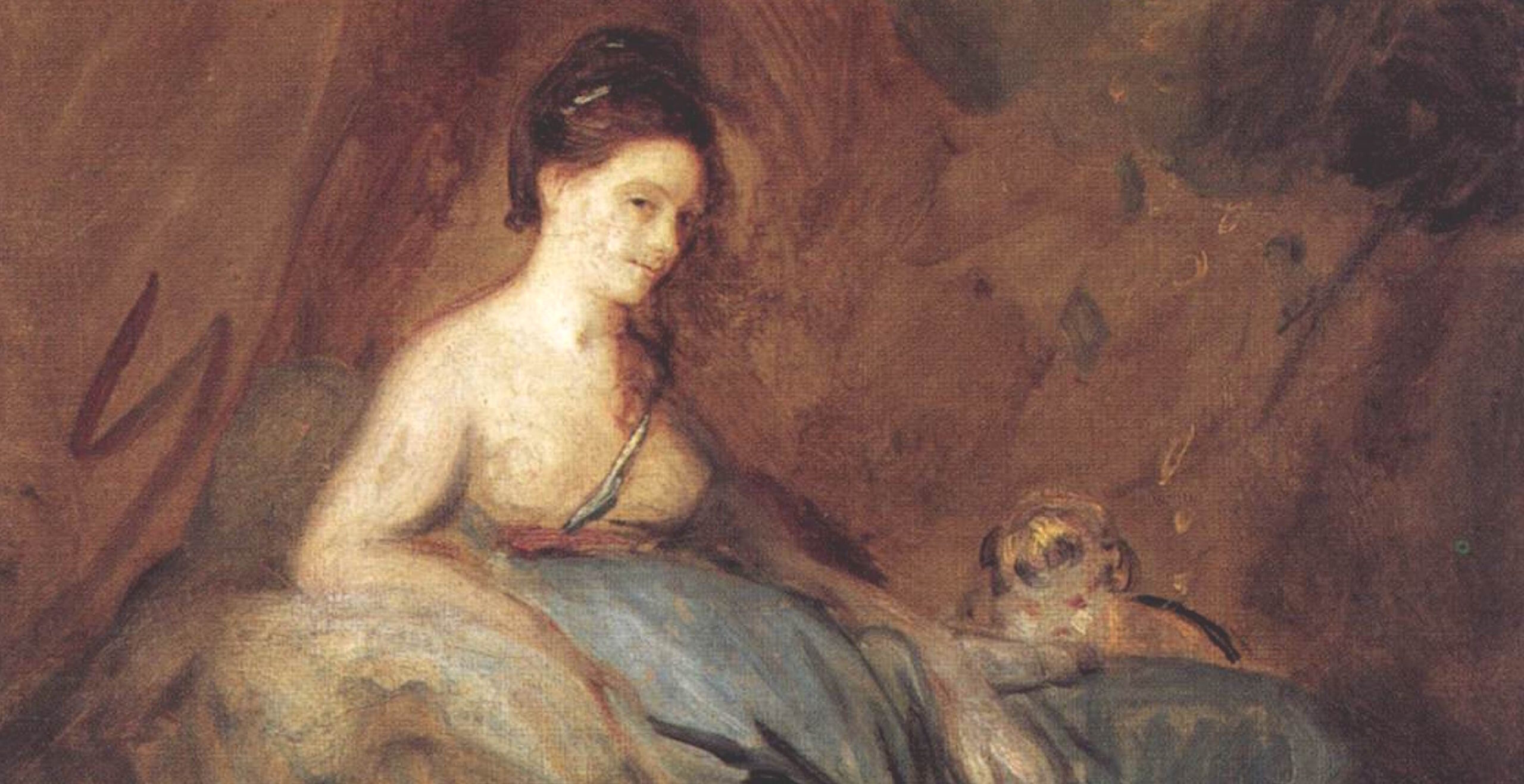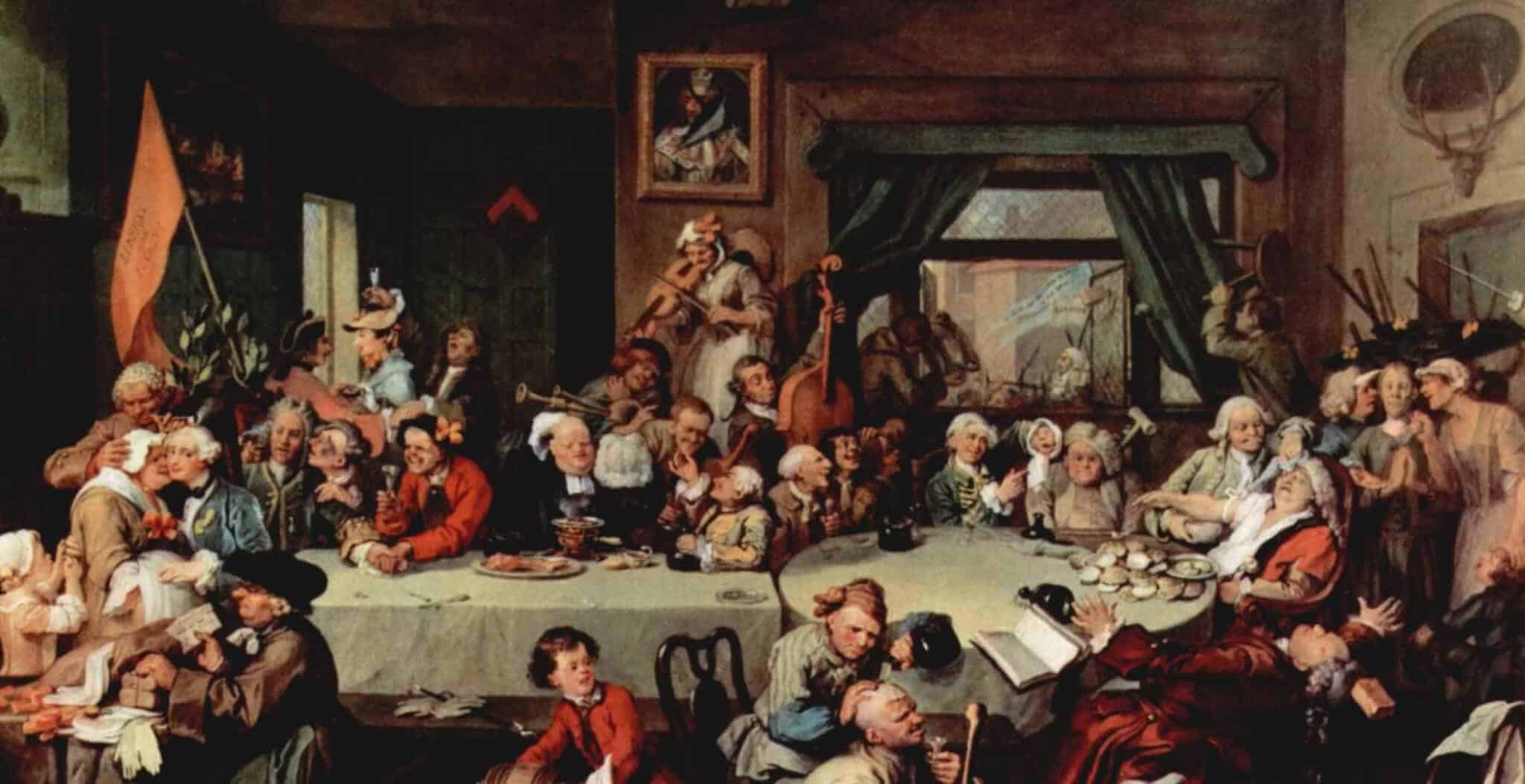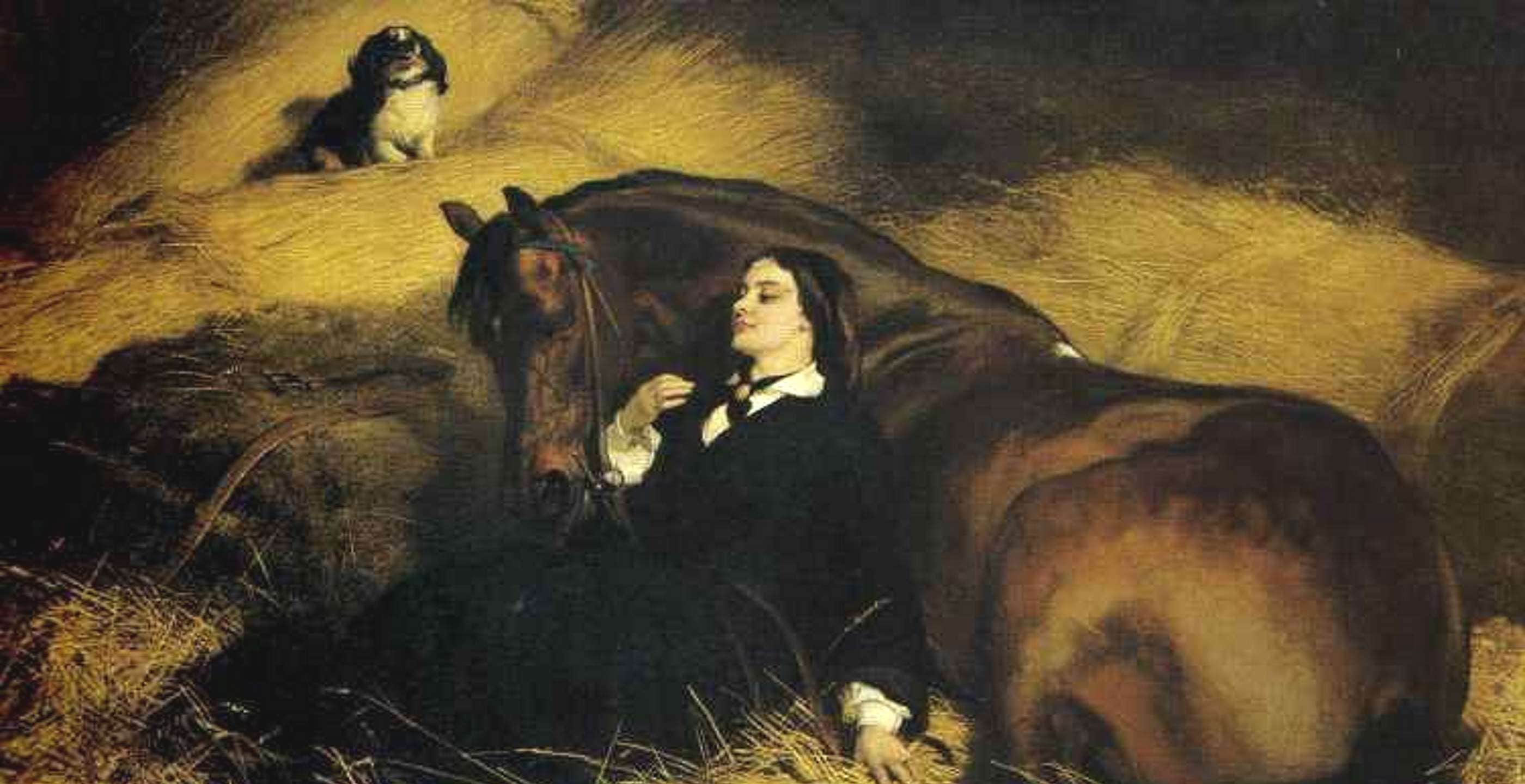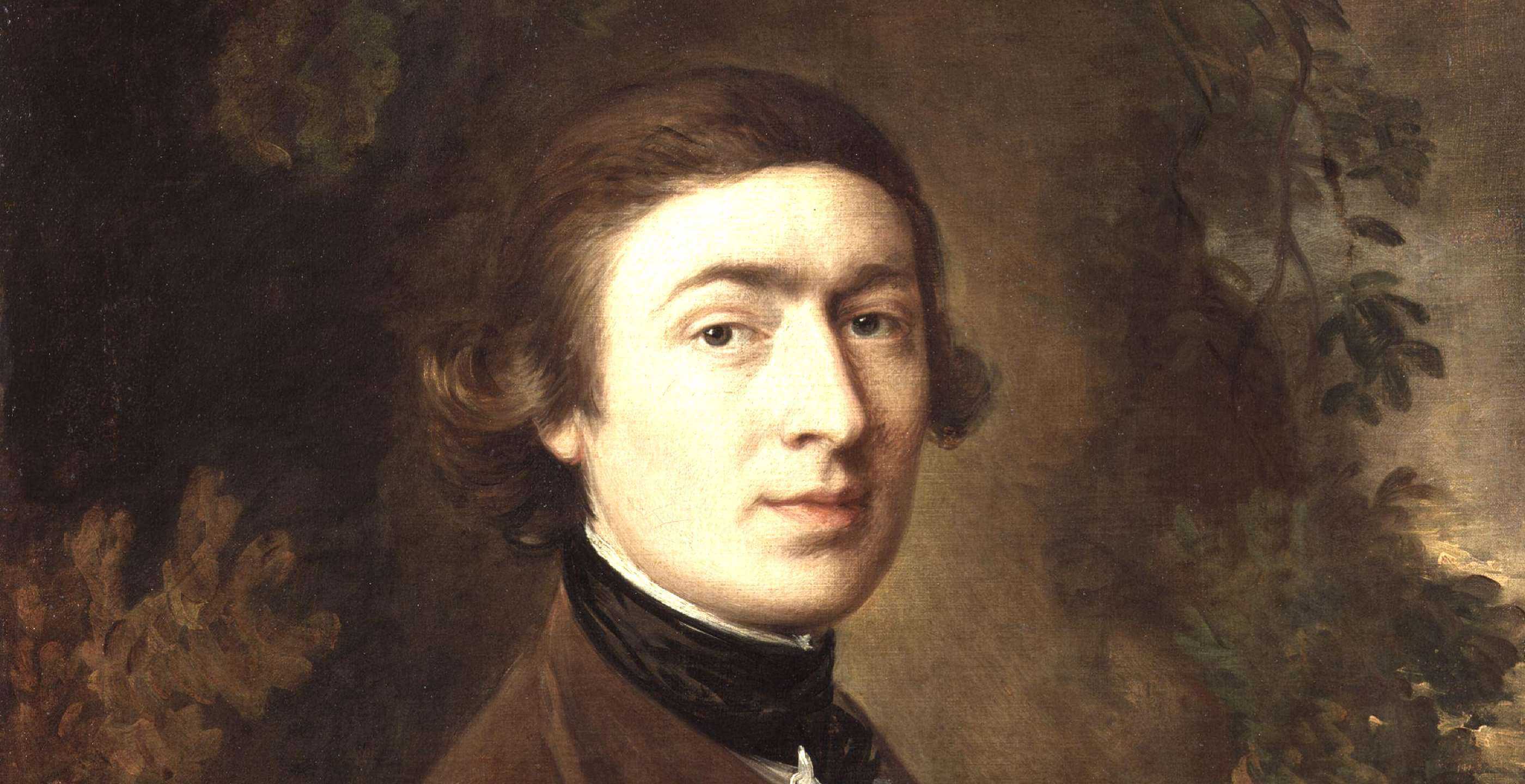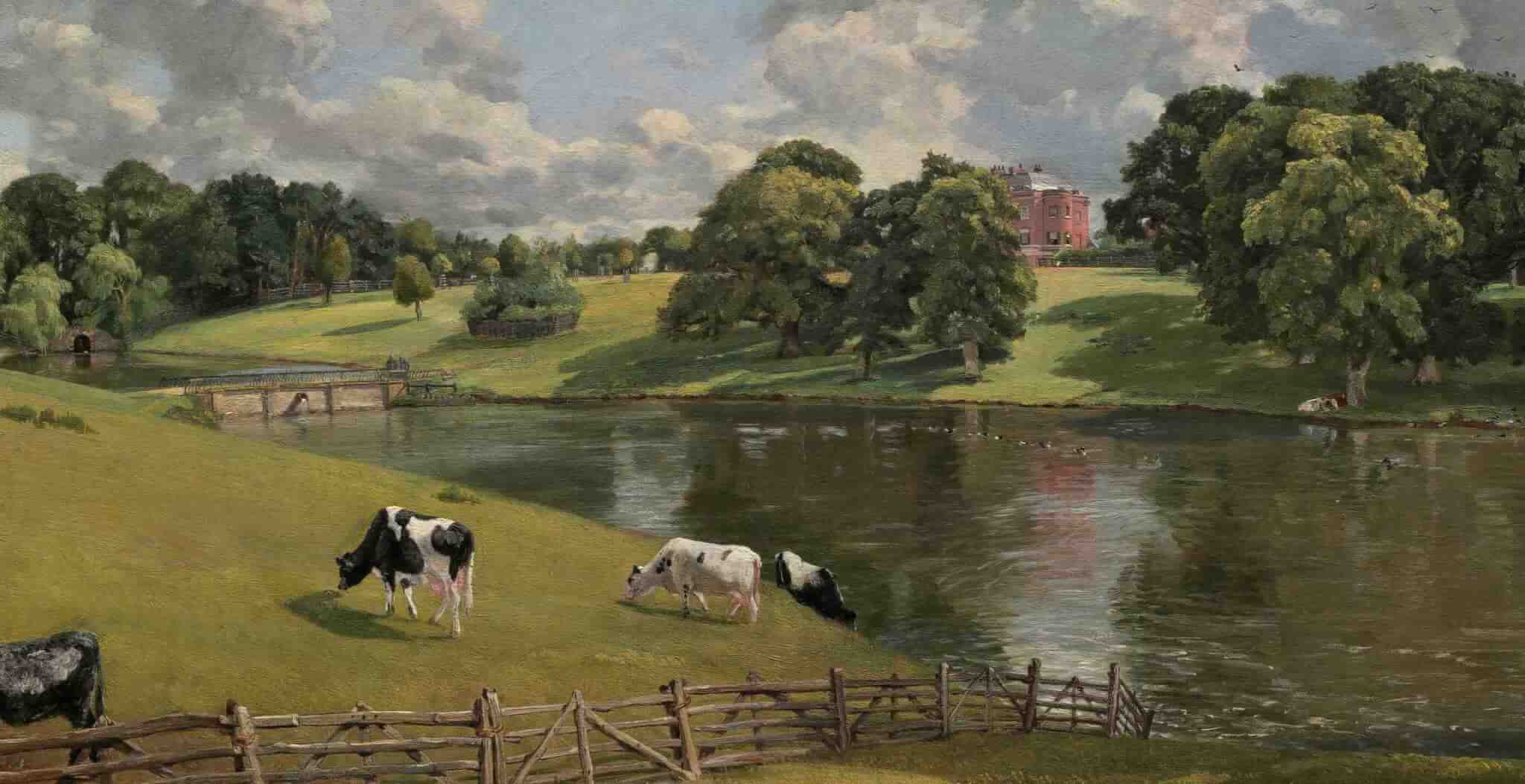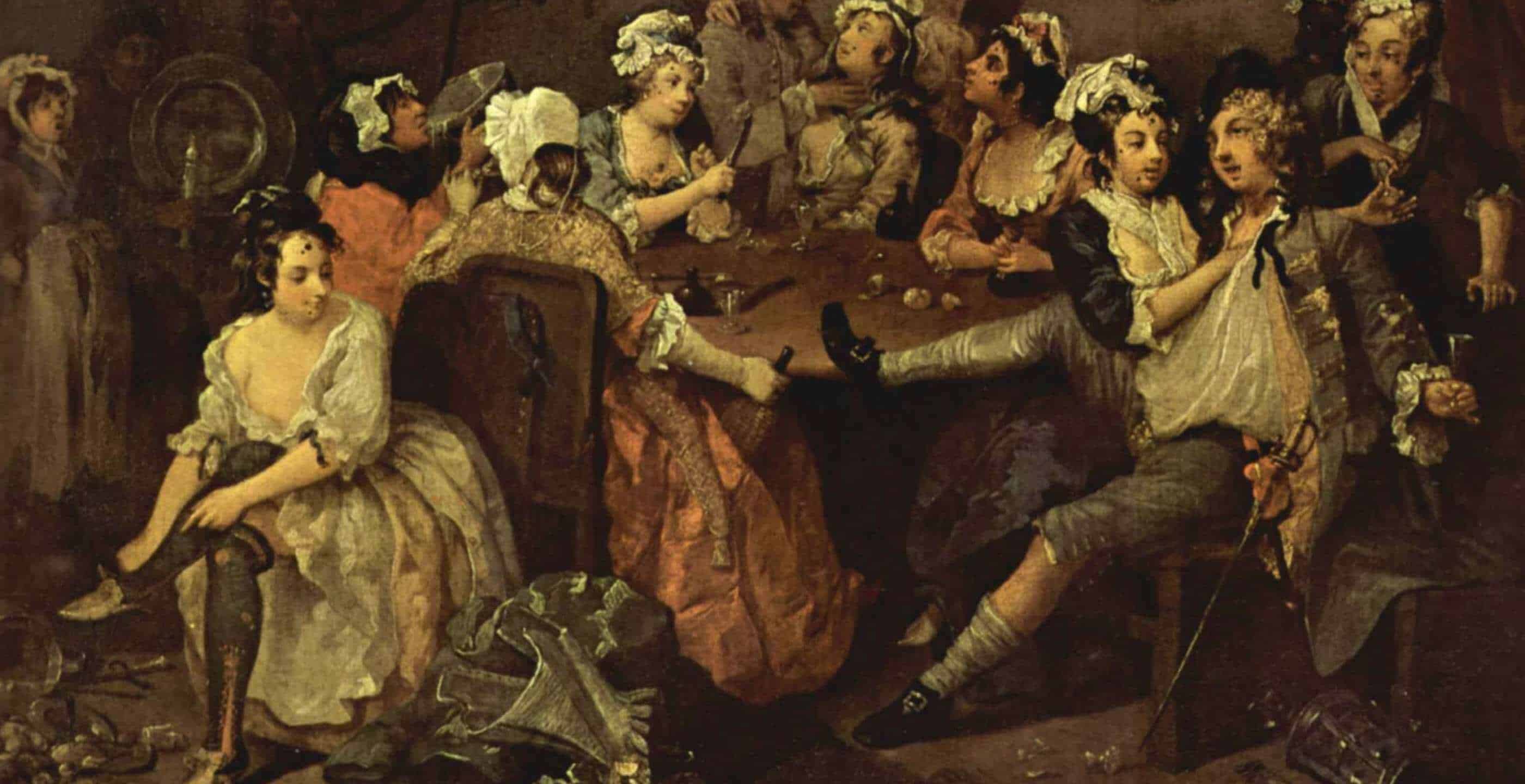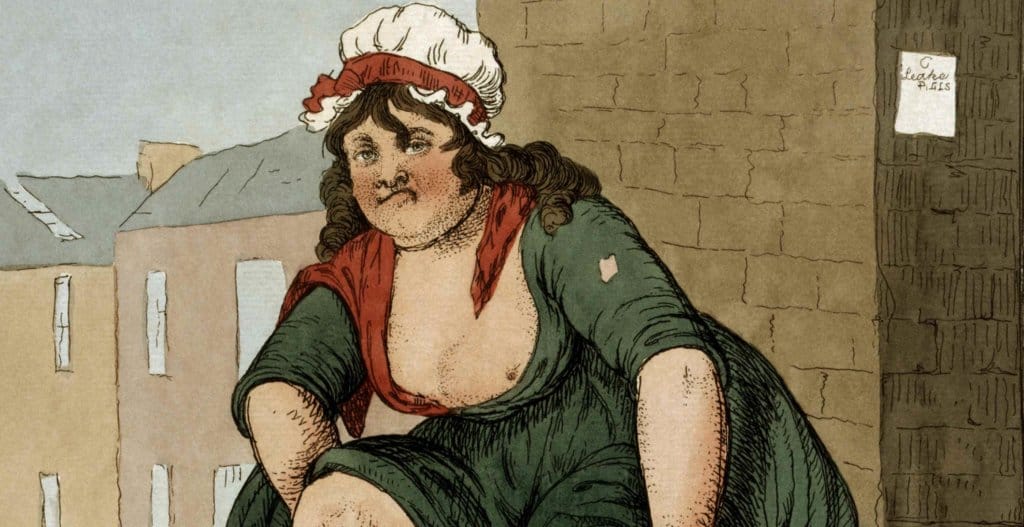In the bustling streets of burgeoning 18th-century London, amidst the opulence and extravagance of Georgian high society, one name shone with intrigue: Kitty Fisher.
Renowned for her beauty, wit, and scandalous escapades, Fisher captivated the hearts and minds of London’s elite and the lower echelons of society alike, leaving an indelible mark on the cultural landscape. Perhaps the most fascinating chapter of her story, and the kernel of Fisher’s legacy, lies in her relationship with the eminent portrait painter, Joshua Reynolds. Theirs was a bond that transcended patronage to embody the complexities of Georgian power, sexuality and artistic inspiration.

Born Catherine Maria Fisher in 1741, the daughter of a German tradesman, Kitty Fisher emerged from modest beginnings to become one of the most celebrated courtesans of her era. Renowned for her publicity prowess and vivacious personality, she quickly ascended the social ladder, captivating the imaginations and libidos of London’s wealthiest and most influential whilst, perhaps more notably, igniting the general public’s adoration. With her radiant charm and unpolished allure, and while only in her teens, Fisher became a fixture of the city’s theatres and soirées, copied for her fashion trends, her name whispered in admiration, derision and envy alike.
At the zenith of Kitty Fisher’s rise to prominence lay her relationship with Joshua Reynolds, the preeminent portraitist of his time. Their association began in mid-1759. Reynolds was already established as a leading figure in London’s artistic circles but was yet to receive his knighthood and found the Royal Academy of Arts. We may never know the instigator of their introduction, but it is no coincidence that it came precisely as Fisher’s star was in its very public ascendant. Reynolds captured Fisher’s likeness on canvas and elevated both of their names in the process. Predictably, their collaboration sparked rumours of a romance, but this rather missed the point. What began as a professional collaboration evolved into a personal connection marked by mutual gain, creativity and notoriety.
Reynolds was captivated by more than Kitty’s youthful bloom. Her reported exuberance and their mutual ability to see the fun and opportunity in spontaneous, and perhaps less spontaneous, public situations set them apart from the rest of the world and united them as kindred spirits. It can be argued that through their shared perception of society’s panoramas and pitfalls, they inspired and emboldened each other, proffering the chance to push their joint trajectories. They were both of middling backgrounds and in professions that catered to the whim of the elite, but their partnership proposed fame’s opportunities and a modicum of independence.
By immortalising Kitty in his portraits, with coded messages and nods to her occupation and ability to capture the public’s attention, Fisher embodied the epitome of a modern, transgressing, Georgian beauty. In his portraits, Reynolds captured not merely Fisher’s physical likeness but also the essence of her personality and charisma, mirroring her presence and echoing and riffing on the gossip in the tabloids and pamphlets of the time. In Fisher, Reynolds found a muse whose magnetism transcended the confines of the canvas.
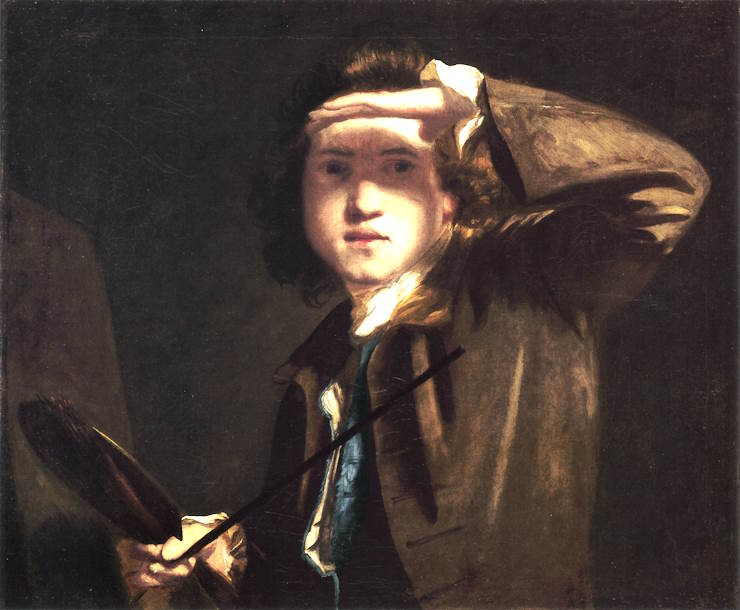
Indeed, it was via the painting’s mezzotint print copies that Fisher’s face was transported into the print shop windows and the private rooms of influential homes. This was the key to the ‘Fishermania’ that mid-century London and beyond witnessed. Along with Kitty’s self-orchestrated public ‘happenings,’ her face was everywhere, talked about in the press and pinned up in windows for the world to see.
Portrayed by Reynolds as a society beauty, with heavily ironic allusions to grandeur and classical history, the prints transported Reynolds’s depictions to the streets. Kitty’s likeness became accessible, simultaneously straddling societal spheres, a member of the public who had made it into elite circles, available now for the masses to buy. Fisher and Reynolds toyed with her status as a courtesan and within its gendered confines were playing a game and communicating that game to the multitudes. Everyone was in on the joke, and for good or ill Georgian society lapped it up, along with the controversy.
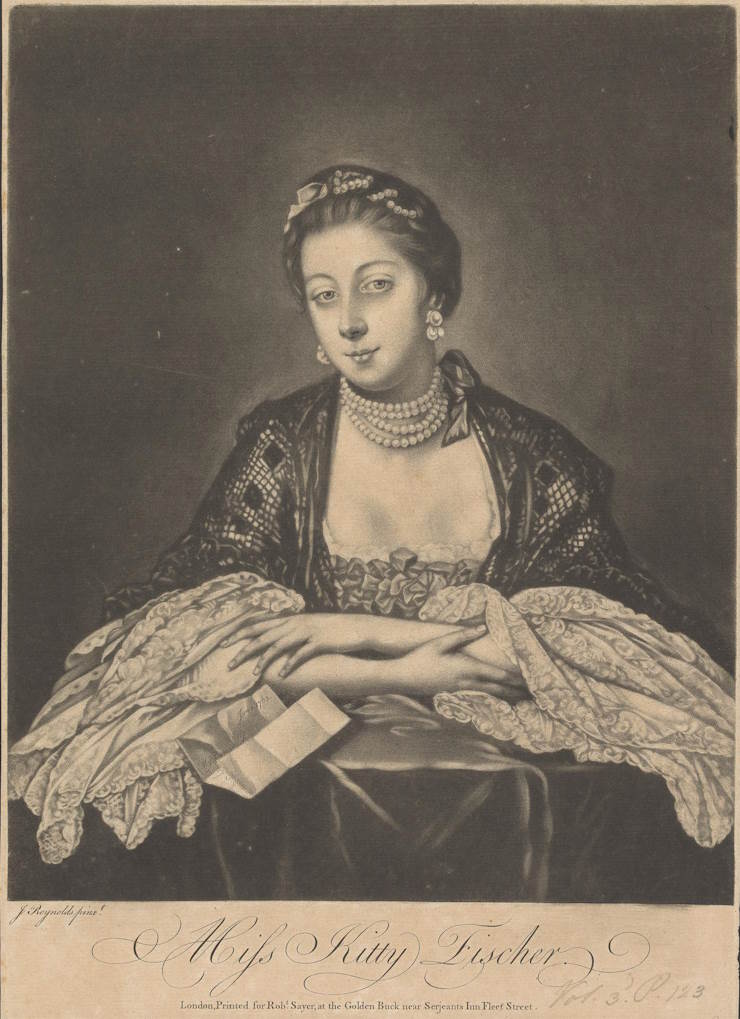
Their relationship went beyond the confines of the artist’s studio, blossoming into a friendship that lasted years and saw them spending Christmases together. Reynolds, a man in pursuit of fame, was evidentially drawn to Kitty’s spirited personality and irreverent wit, ever apparent in his renderings of her. In her company, he discovered a subject who inspired and evolved his practice. She was the first woman of ‘a certain reputation’ to be painted by him, but she was not the last. For Kitty, Reynolds represented a world of refinement and sophistication beyond the confines of her humble origins and the ability to co-create her image for all time. In his company, Fisher found herself elevated to the highest echelons of society and welcomed into the inner circles of London’s cultural elite while successfully navigating its gendered limitations.
In an era defined by a blurring of and irreverence for social regulations and moral codes, the notion of a renowned artist consorting with a notorious courtesan elicited both fascination and condemnation in equal measure. For Fisher and Reynolds, such judgments meant fame and wealth and relative creative and personal freedom. Theirs was a bond that transcended conventions and a kinship that transpired because of it and Kitty’s influence lives on in Reynolds’s work. The legacy of their time together left an indelible mark on the cultural landscape of 18th-century London and beyond, each image a testament to their lasting collaboration. Through their bond, Reynolds found inspiration and Kitty found a semblance of recognition in a world that, then and now, sought to marginalise her. Their story serves as a poignant reminder of the enduring power of human connection and the transformative potential of art to transcend the boundaries of time, society and space.
Lynsey Cowlishaw is a performer, producer, public historian and founder of Heroine City, a 360-production house highlighting historical female narratives. She recently created a play about Fisher and Reynolds for Kenwood House with an accompanying digital experience. If you would like to ask Kitty questions, please follow the link: https://heroinecity.com/kitty-fisher-interactive/
Published: 23rd May 2024
